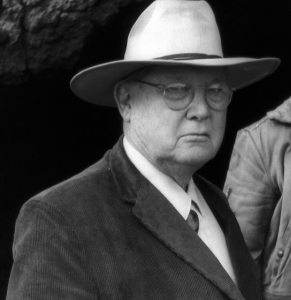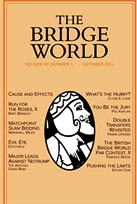
The first portion of this article is based on an essay by Erle Stanley Gardner.
As society changes, it generates new problems and then, sometimes, their solutions. Much of this cycle has to do with speed. Messages once delivered by runners, then the pony express, then the telegraph, now flash around the globe over the Internet. People have moved by foot, by horse, by automobile; longer distances were covered by boat or train, now by airplane. Business machines have achieved calculation, data entry and correction, printing and copying at ever increasing speeds. Almost everything today has been speeded up so much compared to earlier times, and the increases have come so quickly, that it is difficult for most people to relax.
Few people caught up in a world that moves at a pace for which their earlier life has left them unprepared can simply forget their problems. They appear too pressing, too urgent, too important. To avoid the negative effects of continually living with stress, it is critical to find alternative activities that will fully occupy the mind. Ordinary pursuits that lack intellectual power and mental action will not do; they will not provide the punch needed to move one’s consciousness to another environment. Those who cannot find satisfactory ways to provide a break from their usual state of mental stress may be forced to seek refuge in dangerous alternatives, such as sleeping pills.
What form of activity can serve safely as therapy for the strains of modern life? It must be something that is…
Click Here to continue Reading.
(According to the Encyclopedia Britannica, Erle Stanley Gardner “wrote nearly 100 detective and mystery novels that sold more than 1,000,000 copies each, making him easily the best-selling American writer of his time.” The creator of Perry Mason, arguably the most famous fictional lawyer in history, was himself a practicing attorney for over 20 years. Personal Quote: “If you started to write, you did it because you had an urge to express yourself. That urge is a part of you. It’s still there…”. )
Esta entrada también está disponible en: Spanish

